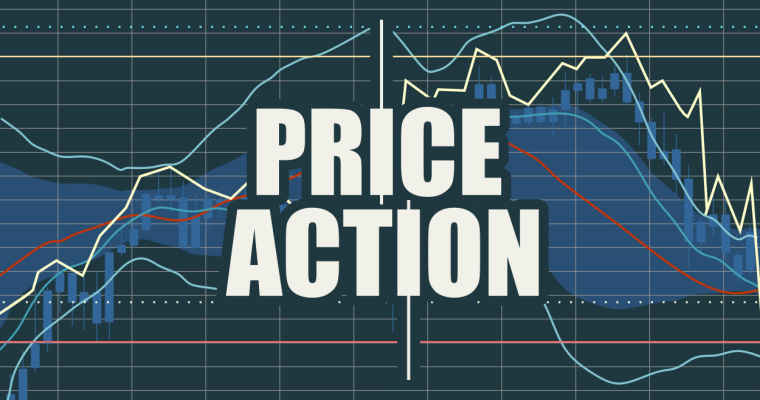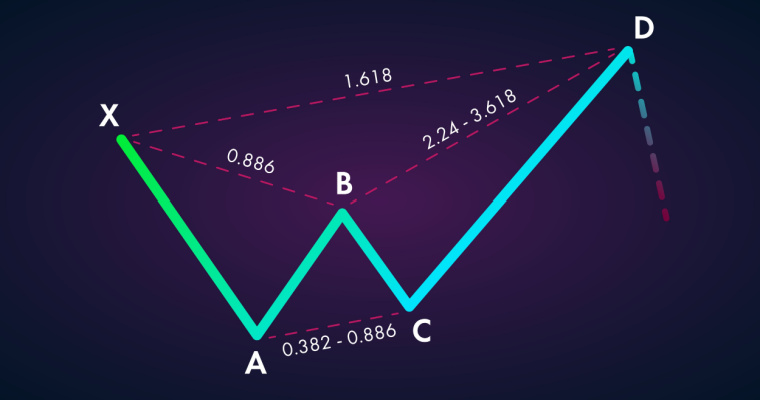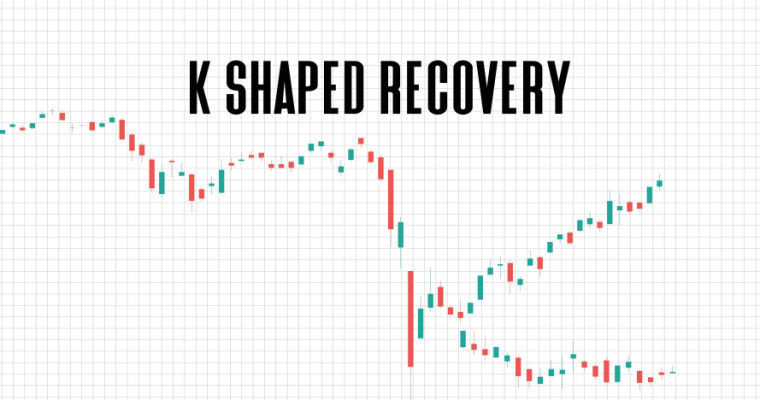What is Buy the Dip Strategy in Trading – Working and Example

‘Buy the dip’ is one of the most common phrases in the stock market. It is sort of a go-to strategy for all investors and stockbrokers. The concept of buying the dip refers to investing or buying a stock if there is a dip in the stock market. In this blog, we have explained how buying the dip strategy works and ways to implement it.
What is Buy the Dip Strategy?
Buy the dip refers to buying a stock when its price goes down in the stock market. The underlying assumption of such an investment is that the stock price will go up soon. The strategy works on the principle of buying low and selling high to maximise the returns from the investment.
However, the strategy only works for stocks with solid fundamentals and those that are bound to rise with the market.
How does Buying the Dip Strategy Work?
The buy-the-dip strategy predicts a future rise in the prices of a particular stock. If you have enough evidence and indications to believe that the stock price will increase in the future, you can earn good returns from the buy-the-dip strategy.
However, your buy-the-dip strategy might fail if the stock prices continue to fall and show a downward trend that might continue for a long time. Hence, the working of the buy-the-dip strategy depends on how well you can predict the market.
How to Use Buy the Dip Strategy?
When adopting the buying dip technique, there are various aspects you need to keep an eye on. It would help if you first located a financial asset experiencing a sharp increase in value. The second step is to determine when the trend changes and the asset begins to drop rapidly. Many things could be to blame for this reduction, including:
- A company might, for instance, announce a poor quarter, cut its dividend, announce the passing of a CEO, or even lose a patent.
- Additionally, if the central bank makes an unexpected decision, a currency pair may experience a significant decline.
Because the market frequently overreacts, the buy-on-dip strategy is ideal. Third, you need to know how far the decline will go.
Why is Buying the Dip Beneficial for Investors?
A dip in the stock market can be attributed to several reasons. However, the market’s current dip is caused by an unstable economy and increasing geopolitical tension among countries. Here is why buying the dip is a good strategy for investors:
1. Averaging of Rupee Cost
When you buy additional company stocks at a lower price than what you paid earlier, it gives you a window to reduce the stock’s average price. For instance, if you bought a stock at Rs.10,000 and it comes down to Rs. 9,500 or Rs. 9,700, the prices can be averaged.
2. Access to Strong Stocks at a Low Price
If the price of a fundamentally strong stock decreases for a while, it allows the investors to buy it at a low price. These stocks are priced quite high when the market is favourable and bullish. Hence, a dip in the share market makes expensive and solid stocks available for investors.
3. An Upward Trend
The market tends to rise or increase in the long run. The market has outperformed itself several times, delivering great returns to investors. Hence, the buy-the-dip strategy increases the return earning potential of the investors.
Example of Buying the Dip
The chart enclosed below shows the movement of the S&P 500 index over the last 10 years. The red circles are used to depict the decline in prices of the index. Hence, it would have been an ideal scenario for investors to buy the stock when the market was down by 10%. However, it is difficult for investors to predict the movement of the S&P 500 index if they do not know the long-term trend. They only get a fair picture when there is a dip of 20%. Hence, the investor will have to bear the losses until the trend moves downwards.
Risk Management When Buying Dips
You must consider the relevant risks when you apply the buy-the-dip strategy. The primary risk of using the strategy is that the prices will keep falling and reach a low where you will have to register losses on the trade. There are a few ways to manage the risks associated with the dip stock. Let’s have a look at how you can manage different risks.
1. Use Stop Losses
If you are applying the buy-the-dip strategy to buy stocks, you must use stop losses to safeguard yourself from losing money beyond a point that might affect you financially. For instance, if a stock falls from Rs.500 to Rs.400, you buy it. However, if you put a stop loss at Rs.300, you will not lose money if the stock price goes below Rs.300.
2. Buy When the Uptrends are Confirmed
You must try to use the buy-the-dip strategy only if you are too sure that the market will see a rise in future. It would be best to look for highs in the price and lows to be assured that the price will rise soon.
3. Don’t Use it in Isolation
While buying the dip strategy is a great way to invest in stocks, you should never consider it in isolation. You should deploy other strategies and use them along with the buy-the-dip strategy to make an investment decision. When you use a mix of strategies, the risk of associating the stock with one optimal price reduces.
What are the Alternatives to Buying the Dip?
While buying the dip is a strategy widely used in the world of investing, there are a few alternatives to buying the dip that will help you fix the loopholes of the dip strategy. Let’s look at some of these effective alternatives that can help you make a better investment decision.
1. Price Increase
You might buy a stock if there is a price increase. A price increase indicates a bull market and how people are interested in buying the stock, increasing prices.
2. Breakout to a New Price
You can watch out for a buying breakout by analysing different charts and patterns, like a cup and handle, before buying a particular stock.
Final Word
Buying the dip as a strategy should be carefully used. The strategy is based on the premise of future price movements. As predicting future price movements is difficult, you must look for other strategies that complement the buy-the-dip strategy for the best results.
Trading could be a bit complex. A better alternative would be investing in mutual funds. Where and how to start? Explore Navi Mutual Fund schemes and start investing with as low as Rs.10!
FAQs
Ans: A dip in the stock market refers to the downward movement in the price of a particular stock. A dip can be caused by geopolitical tensions, fake news, etc.
Ans: Buying a dip is considered a good strategy as it allows investors to buy stocks at a low price. Hence, they get a chance to buy a fundamentally strong stock at a low price.
Ans: The dip might keep going downwards, taking a lot of time to rebound and show an increase. Hence, you might have to bear the losses until the price stabilises.
Ans: Selling the rip refers to selling a stock as soon as the price of the stock goes up. The activity locks a portion of the profit before the price starts falling.
Ans: You can consider the moving averages and the relative strength index to decide if you should buy the dip.

Illiquid Stocks Guide: Definition, Examples, and its Working
Illiquid stocks are part of a long-term investment strategy that is appropriate for investors who a... Read More »What is Shooting Star Candlestick Pattern in Trading?
The shooting star candlestick pattern is considered to be a bearish reversal candlestick ... Read More »What is VWAP Indicator and How to Use it for Trading
The VWAP indicator shows the volume-weighted average market price of a particular stock. You can us... Read More »What is Price Action Trading: Its Strategy, Stop Loss and Profit Targets
Price action trading is a methodology in which the trader solely relies on analysing a security’s... Read More »What is the Black Scholes Model – Formula, Calculation and Assumptions
Among the important concepts in modern financial theory, the Black Scholes model, developed in 1973... Read More »What is Iron Condor and What are its Strategies?
Iron Condor is an options trading strategy that involves four options with the same expiration date... Read More »What is Harmonic Pattern and How Does it Help in Trading?
Harmonic patterns are one of the most efficient and effective trading patterns. Although they are m... Read More »What is a Contract Note and Why is it Important?
Contract note is a legal document containing the details of every stockbroker's trade on a stock ex... Read More »What is K-shaped Recovery: Indication, Example and
Economies go through multiple phases in business cycles. One such phase is a recession which is mar... Read More »Guide to Book Building – Its Types, Benefits and Process
Initial public offerings (IPOs) are priced as specified by their underwriters. The process by which... Read More »Support and Resistance in Trading: Working, Strategies, Uses and Example
Support and resistance are two of the most significant and practical concepts in technical analysis... Read More »What is the Inverted Hammer Pattern and How to Identify It?
The inverted hammer is one of the most popular candlestick patterns and is considered essential for... Read More »Top 10 Chit Fund Schemes in India in 2023
Chit funds are one of the most popular return-generating saving schemes in India. It is a financial... Read More »10 Best Gold ETFs in India to Invest in April 2023
Gold ETFs or Gold Exchange Traded Funds are passively managed funds that track the price of physica... Read More »10 Best Demat Accounts in India for Beginners in 2023
Creation of Demat accounts revolutionised the way trades were conducted at the stock exchanges. It... Read More »20 Best Index Funds to Invest in India in April 2023
What is an Index Fund? An index fund is a type of mutual fund or exchange-traded fund (ETF) that... Read More »Best Arbitrage Mutual Funds to Invest in India in April 2023
Arbitrage funds are hybrid mutual fund schemes that aim to make low-risk profits by buying and sell... Read More »10 Best SIP Plans in India to Invest in April 2023
What is SIP? SIP or Systematic Investment Plan is a method of investing a fixed amount in ... Read More »10 Best Corporate Bond Funds in India to Invest in April 2023
Corporate bond funds are debt funds that invest at least 80% of the investment corpus in companies ... Read More »10 Best Bank for Savings Account in India [Highest Interest Rate 2023]
Savings account is a type of financial instrument offered by several banks. It lets you safely depo... Read More »




















